Scilla, between myth and legend
“I arrived in town watching its strange position. It’s built on a hill and then it descends like a long ribbon on the eastern side of the mountain; at last it turns on itself like a S and so it arrives to the sea…” This is the description that the French writer and playwright Alexandre Dumas did, in the second half of the 800, about Scilla, a pearl of the Calabrian coast, in the point which it seems to join Sicily.
Scilla is today an Italian village in the province of Reggio Calabria, with just over 5,000 inhabitants, a beautiful beach resort, it is popular in the summer and always, artists of all nationalities mingle with ordinary vacationers.
Historians date the first settlements at the time of the Trojan War, a time in which the Mediterranean saw migrations of peoples who chose then coastal areas, such as Calabria, for their new settlements.
Between myth and legend… in fact, history, mythology and legends all contribute to surround Scilla of a mysterious and fascinating aura… and it’s difficult to distinguish between the three components…
But reality says that Scilla is one of the most beautiful and evocative Italian coast; with its castle that is mentioned in Homer’s Odyssey and that, over the centuries, thanks or because of its dominant position on the strategic Strait of Messina, it has undergone several dominations.
The old center, called “San Giorgio”, where there is the Church of St. Rocco, patron of Scilla, and the square, which consists of a terrace built on the rock and overlooking directly, overhanging, on the Straits of Messina…. a wonderful view!
Chianalea, the oldest suburb of Scilla, is commonly recognized as one of the most beautiful villages in Italy, it is romantic and fascinating for its unique location with houses literally ” lying ” on the water. For this, it is named “Venice of the South”.
Legend tells about Princess Scilla, daughter of Nisus, king of Megara; she helped King Minos, of whom she was madly in love, to conquer the lands against her father. But Minos, once obtained his purpose, refused to marry her and cruelly he abandoned at the mercy of the waves. The sea brought her lifeless body at the foot of a cliff which was later named as the poor girl…
T H E V I D E O
(All the photos are taken from Google.com, all the videos are taken from YouTube.com, and all belong to their original owners-We do not own any of the content posted-Removal upon request)

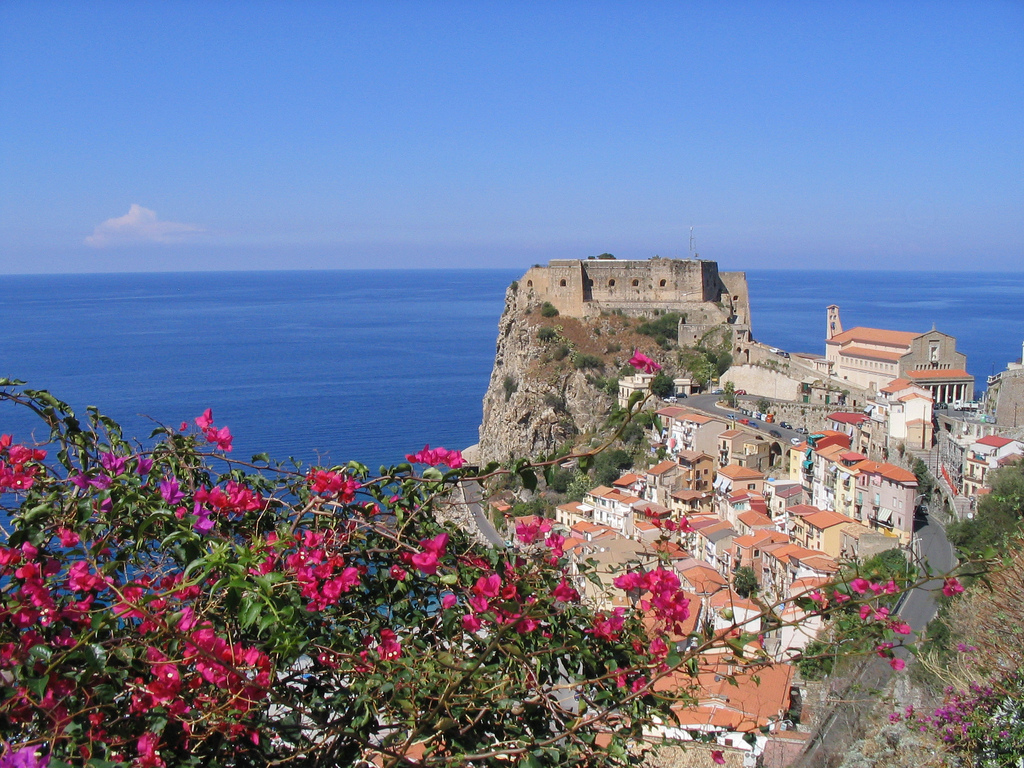
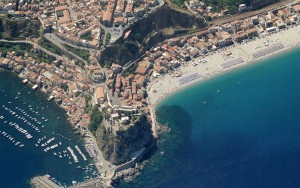
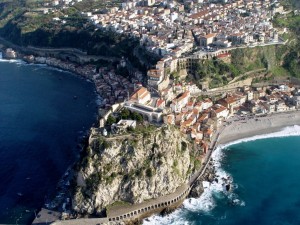
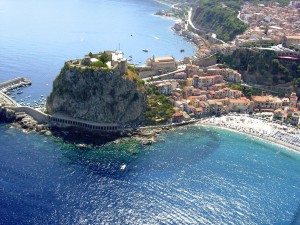
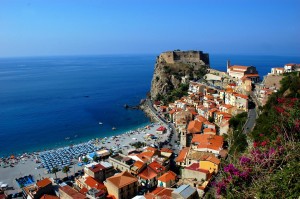
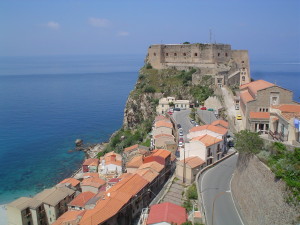
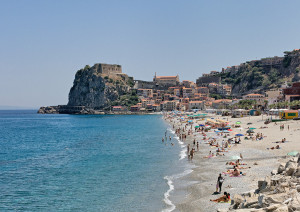
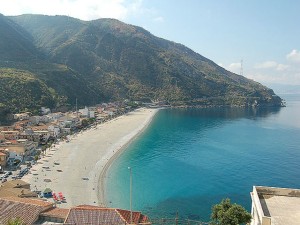
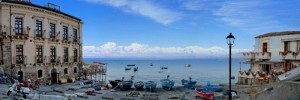
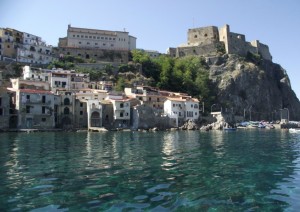
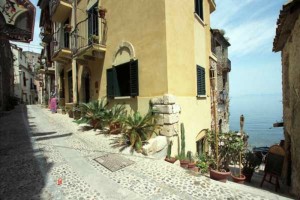
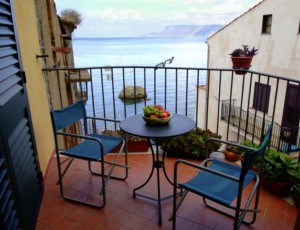
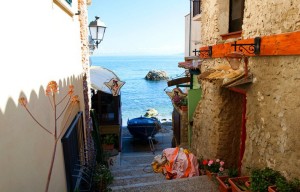
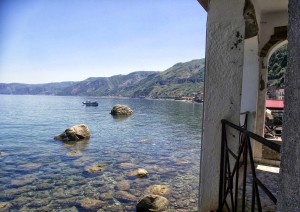
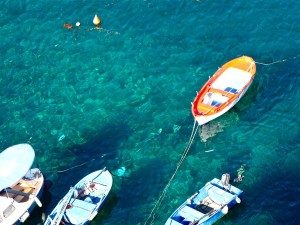
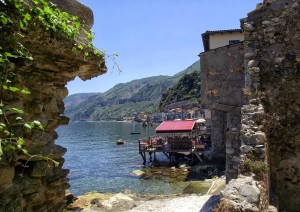
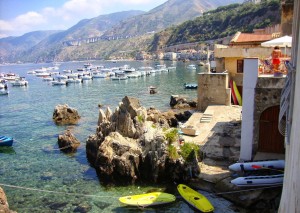
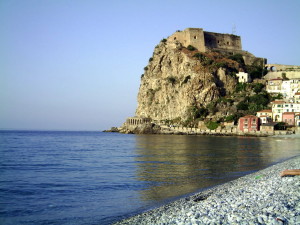
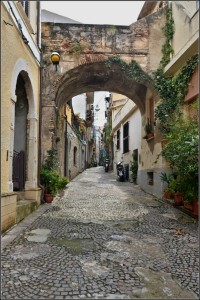
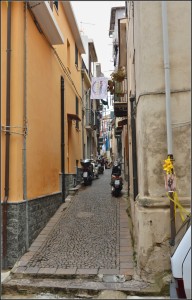
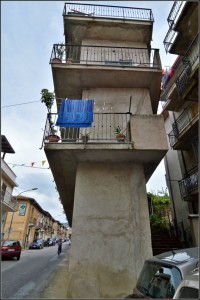
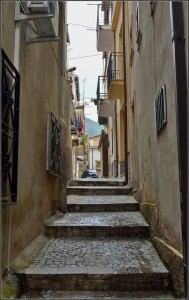

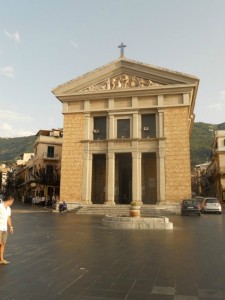
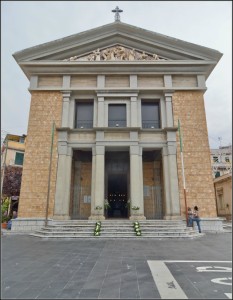
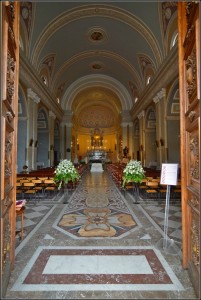

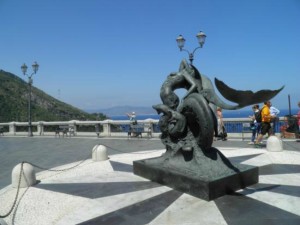
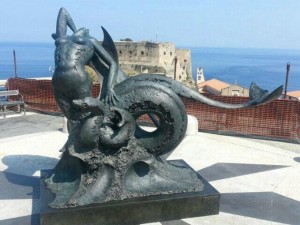
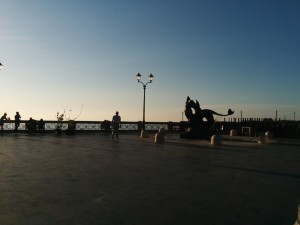
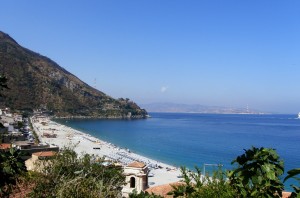
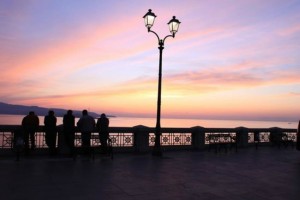
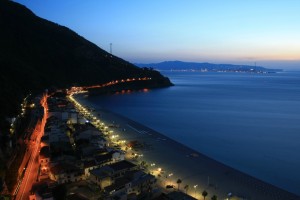
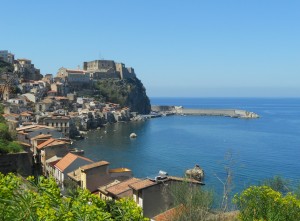
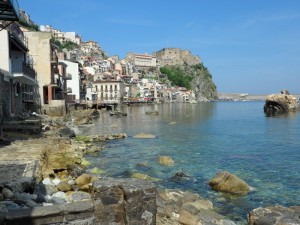
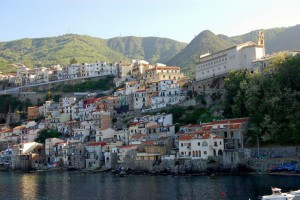
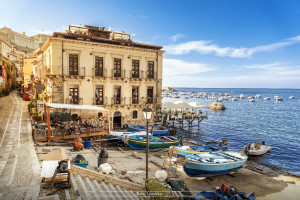
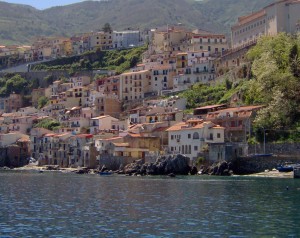
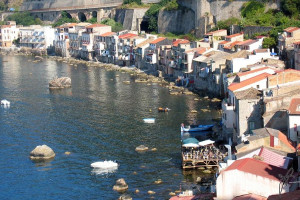
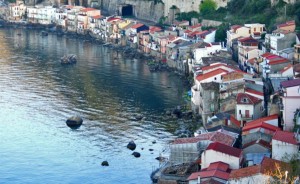
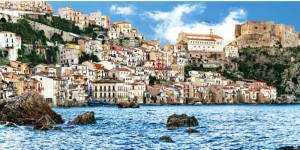
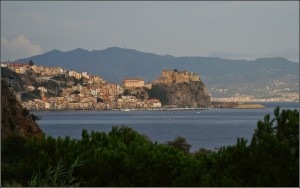
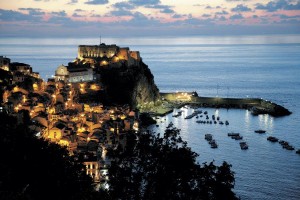
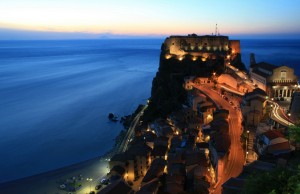
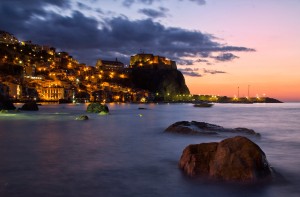


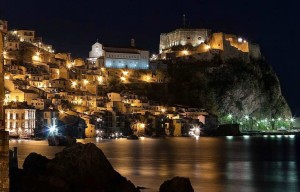
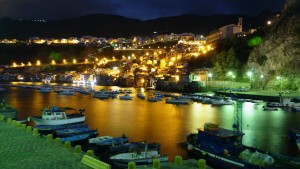



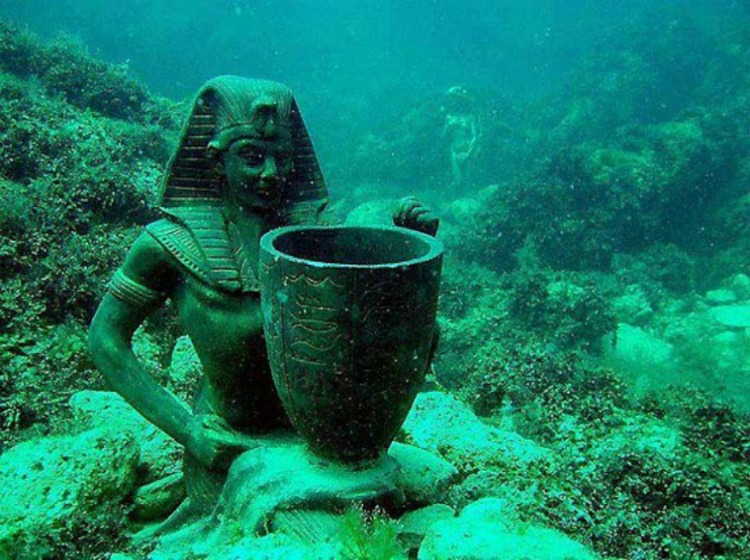
 Instagram Gallery
Instagram Gallery